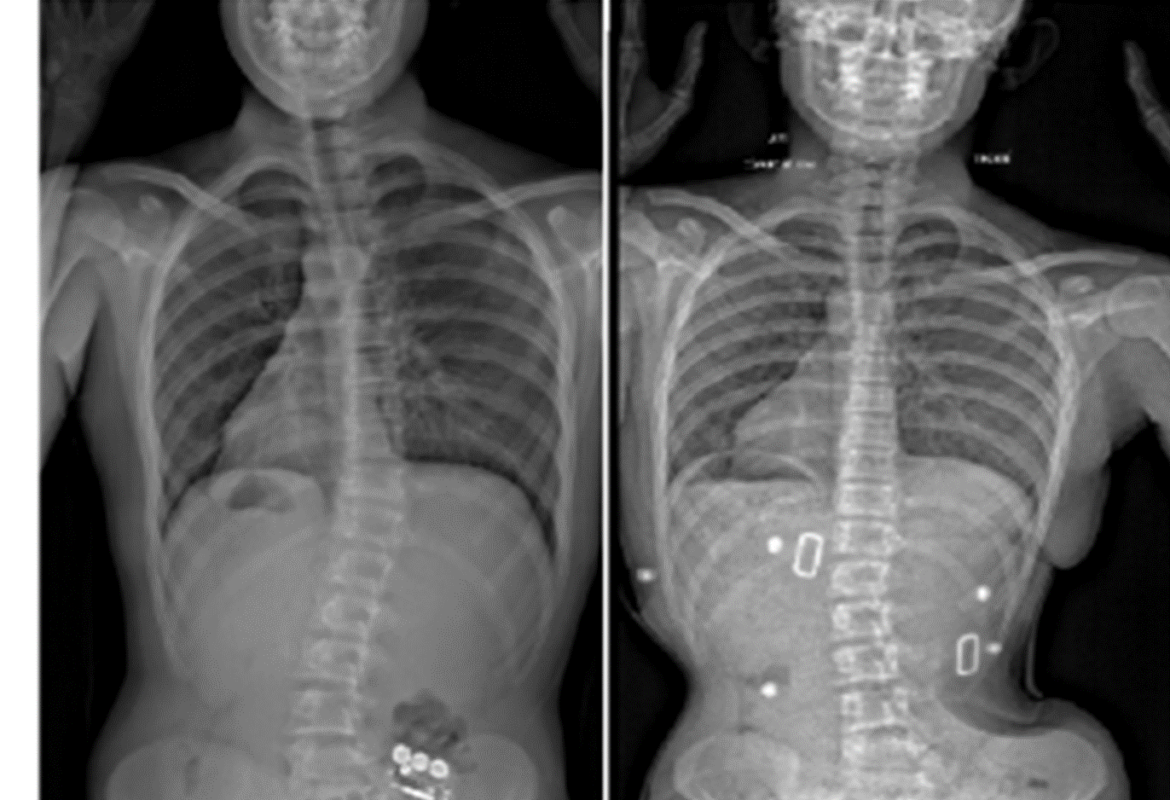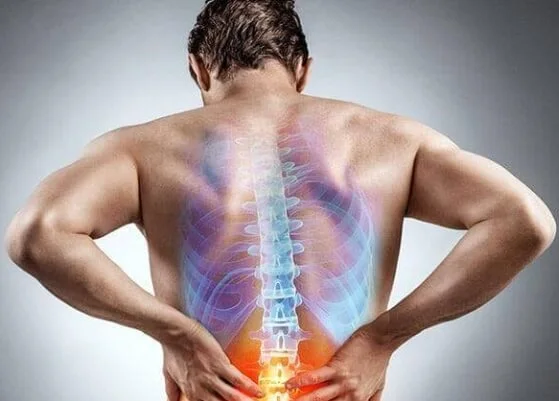Back Pain Problems, especially spine-related back pain, not only affects our physical health but also profoundly influences our mental and social aspects. From prolonged sitting in office chairs to poor posture in daily life, back pain issues have increasingly garnered people’s attention. Therefore, understanding how to check spinal health and exploring solutions to back pain problems becomes particularly important.
Spinal health, as the core of the human skeletal system, is formed by the connection of 33 bones. It is not only the framework supporting the body but also a crucial component in maintaining the overall structure, bones, and nervous system. However, in the hustle and bustle of life, we often neglect the care of our spine until back pain becomes a part of our daily lives.

The Importance of Spinal Health
The health of the spine forms the foundation of body posture. A proper posture not only alleviates the burden on muscles and joints but also helps prevent subsequent posture issues. The correct alignment of the spine maintains the balance of the body, ensuring optimal functionality of joints and muscles.
The spine supports movement and activity. Whether walking, running, or engaging in various sports, the spine bears the weight of the body and the impact of movement. A robust spine can effectively absorb these impacts, reducing pressure on joints and lowering the risk of injuries during physical activity.
The spine is closely connected to the nervous system. The spinal cord within the spine serves as the main conduit for nerve signals, connecting the brain to various parts of the body. A healthy spine ensures smooth transmission of nerve signals, contributing to maintaining normal physiological functions and bodily perception.
However, challenges to spinal health arise from modern lifestyles, such as prolonged sitting, poor posture, and lack of exercise. Back pain, cervical spine diseases, and scoliosis have gradually become common health issues plaguing people.

How to Check Spinal Health
Start by examining daily habits, especially focusing on maintaining the correct sitting and standing postures. Prolonged sitting in the office, in particular, can lead to spinal issues. Ensuring ergonomic chairs with lumbar support and taking breaks to move around can alleviate pressure on intervertebral discs.
Self-examination is a convenient method for daily spinal health awareness. Observe your body posture for any obvious asymmetry or curvature. Assess whether your shoulders are balanced, and your head is centered while standing. Additionally, pay attention to any pain or discomfort, especially in specific areas of the spine.
Professional examinations are crucial for ensuring spinal health. Regular spinal check-ups by doctors or spine specialists, using technologies like X-rays and MRI, provide accurate insights into the structure of the spine and potential issues. These examinations not only help identify early signs of scoliosis or disc problems but also aid in developing personalized treatment plans.
Regular full-body check-ups are equally important. Systemic diseases like osteoporosis can impact spinal health. Assessing indicators such as bone density provides a comprehensive understanding of the overall health status of the spine.

Back Pain Problems Solutions
Understanding the fundamental causes of back pain is essential. Back pain can result from muscle fatigue, poor posture, disc issues, or inflammation. Therefore, the first step in devising a solution is to identify the root cause of the pain through professional assessment and diagnosis.
Exercise is crucial for resolving back pain issues. Strengthening the core muscles effectively supports the spine, reducing the burden on the back. Targeted exercises, such as planks and bridge movements, help strengthen abdominal and back muscles, enhancing spinal stability.
Correct posture and daily habits are vital for preventing and alleviating back pain. Maintaining the right sitting and standing postures during prolonged work or study sessions, using ergonomic chairs and mattresses, helps alleviate pressure on the spine.
Physical therapy and massage are commonly used non-pharmacological treatments. Professional physical therapy can target posture improvement and muscle strengthening, reducing pain. Massage helps relieve muscle tension, promote blood circulation, and expedite the recovery process.
For certain back pain issues, pharmacological treatment may be effective. This includes non-steroidal anti-inflammatory drugs (NSAIDs), muscle relaxants, but their usage should be cautious and follow medical advice.
Back pain requires a personalized treatment approach. Considering factors such as exercise, posture adjustment, physical therapy, and pharmacological treatment comprehensively can effectively address back pain issues.

Professional Treatment and Prevention Measures
理学療法: Physical therapists use a range of exercises, stretches, and massage techniques to help patients improve posture, strengthen core muscles, and alleviate muscle tension and pain. Physical therapy not only aids in symptom relief but also prevents the recurrence of back pain.
Pharmacological Treatment: Doctors may recommend NSAIDs, pain relievers, or muscle relaxants to alleviate pain and inflammation. However, caution should be exercised in drug usage, following medical advice and prescriptions to avoid misuse or long-term dependency.
Surgical Treatment: Typically considered in extreme cases for structural issues like disc protrusion or scoliosis. The decision for surgical treatment depends on the severity and duration of pain and the effectiveness of other conservative treatments.
In addition to professional treatment, preventive measures are equally crucial. Maintaining a healthy weight, a balanced diet, and engaging in moderate exercise help prevent back pain issues. Regularly exercising core muscles and maintaining good posture are effective long-term strategies for spinal health.
Additionally, individuals should avoid prolonged static positions, especially prolonged sitting or standing. Taking timely breaks and engaging in movement helps alleviate pressure on the spine. Using ergonomic chairs and mattresses that conform to ergonomic principles provides additional support to the spine.
Forethoughtについて
Forethought is an innovative company dedicated to spinal health, providing comprehensive solutions through its advanced products. Forethought’s mission is to assist people in preventing and addressing back issues, enabling them to lead healthier and more comfortable lives.
Forethought’s products go beyond treating existing problems; they emphasize prevention and raising awareness of spinal health. By combining advanced technology and medical expertise, they offer users a comprehensive spinal health management solution, creating a comfortable and healthy living environment.
参考文献
- アダムス,M. (1983).腰椎の力学的挙動に及ぼす姿勢の影響。 骨・関節外科ジャーナル, 65(8), 1194-1201. リンク
- アンダーソン,G. (1988).脊椎椎間板変性の病態生理学。 背骨, 13(9), 1127-1133. リンク
- ビエリング=セーレンセン、F. (1984).1年間の腰痛のリスク指標としての身体測定。 背骨, 9(2), 106-119. リンク
- Bogduk, N. (2005). The anatomy of the lumbar spine and its relationship to back pain. Medical Journal of Australia, 182(9), 428-430. リンク
- Cummings, T. M., & White, A. R. (2006). Chiropractic management of lumbar disc herniation with radiculopathy: A systematic review. Chiropractic & Osteopathy, 14, 10. リンク
- Deyo, R. A., & Weinstein, J. N. (2001). Low back pain. ニューイングランド・ジャーナル・オブ・メディシン, 344(5), 363-370. リンク
- Keller, A., & MacDonald, D. (2004). The role of physical therapy in the management of spinal disorders. 整形外科・スポーツ理学療法ジャーナル, 34(4), 188-193. リンク
- Krismer, M., & van Tulder, M. (2007). Low back pain (non-specific). BMJ Clinical Evidence, 2007, 1124. リンク
- Rubin, D. I. (2007). Epidemiology and risk factors for spine pain. Neurologic Clinics, 25(2), 353-371. リンク
- Weiner, B. K., & Murtagh, F. R. (2009). The role of exercise in managing back pain. 背中と筋骨格系のリハビリテーションジャーナル, 22(1), 33-42. リンク
- Wipperman, J., & Goerl, K. (2016). Low back pain. アメリカの家庭医, 94(12), 968-975.

